Kazakhstan discovers rare earths reserve said to be third-largest in the world

Kazakhstan has announced the discovery of a massive rare earth elements (REE) reserve, now considered the third-largest of its kind in the world. This groundbreaking find could significantly boost the country’s role in the global supply chain of strategic minerals and reshape the rare earths market, which is critical to the technology, energy, and defense industries.
Rare earth elements are a group of 17 metallic elements used extensively in the production of high-tech devices, from smartphones and electric vehicle batteries to wind turbines and military-grade equipment. Due to their strategic importance, global competition for rare earths has intensified in recent years. China currently dominates the rare earths market, controlling over 60% of the world’s production. However, this discovery could mark a shift in the global landscape, with Kazakhstan emerging as a new powerhouse in the sector.
The new reserve was located in the eastern region of Kazakhstan, near the border with China. Preliminary geological surveys indicate a substantial deposit of neodymium, dysprosium, and terbium—three of the most valuable and in-demand rare earth elements. According to Kazakhstan’s Ministry of Industry and Infrastructure Development, the estimated size of the reserve positions it just behind China and Brazil in terms of global ranking.
Kazakhstan’s Prime Minister praised the discovery as a “strategic breakthrough” for the country. In a recent statement, he noted that this development not only strengthens Kazakhstan’s resource base but also aligns with the government’s long-term goal to diversify its economy beyond oil and gas. Plans are already underway to attract international investment for the development of mining operations, processing facilities, and export infrastructure.
Industry experts believe that Kazakhstan’s entry into the rare earths market could help stabilize global prices and offer alternative supply chains to countries wary of overdependence on China. With growing demand driven by the green energy transition and digital innovation, the global rare earths market is expected to reach over $15 billion by 2030. Kazakhstan’s resource-rich terrain, combined with supportive government policies, positions it well to meet a portion of this demand.
The Kazakh government has emphasized its commitment to responsible and sustainable mining practices. Officials stated that environmental protection measures will be integrated into all stages of the project’s development. Additionally, Kazakhstan plans to collaborate with international technology partners to build state-of-the-art refining plants that minimize waste and maximize efficiency.
This discovery could mark a turning point not only for Kazakhstan’s economic trajectory but also for the geopolitics of rare earths. As global industries continue to shift toward cleaner, smarter technologies, access to reliable and diversified sources of rare earths becomes more critical than ever.
For Kazakhstan, this is more than a resource find—it’s a chance to redefine its position in the global economy, attract new partnerships, and contribute meaningfully to the future of sustainable technology.






















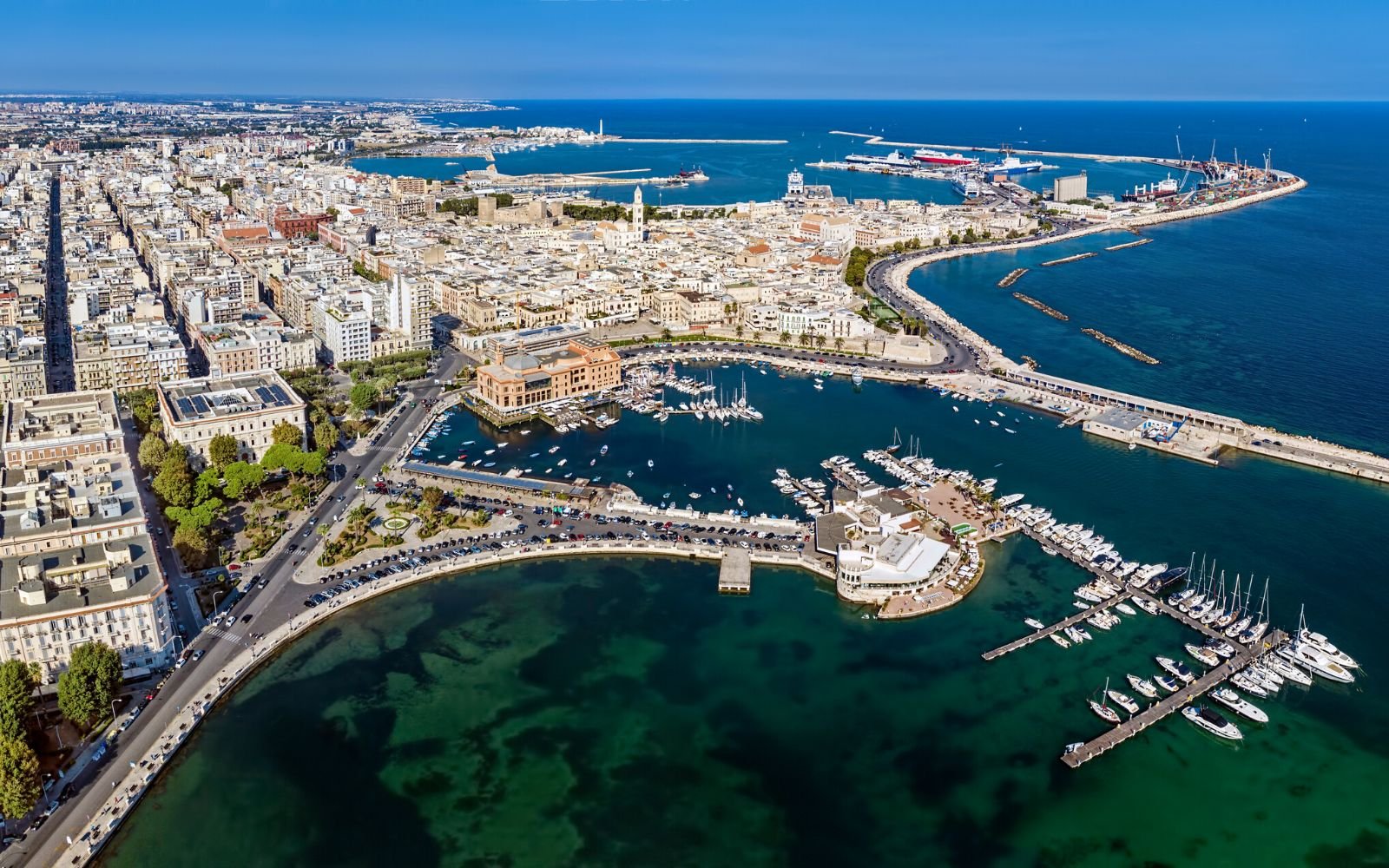










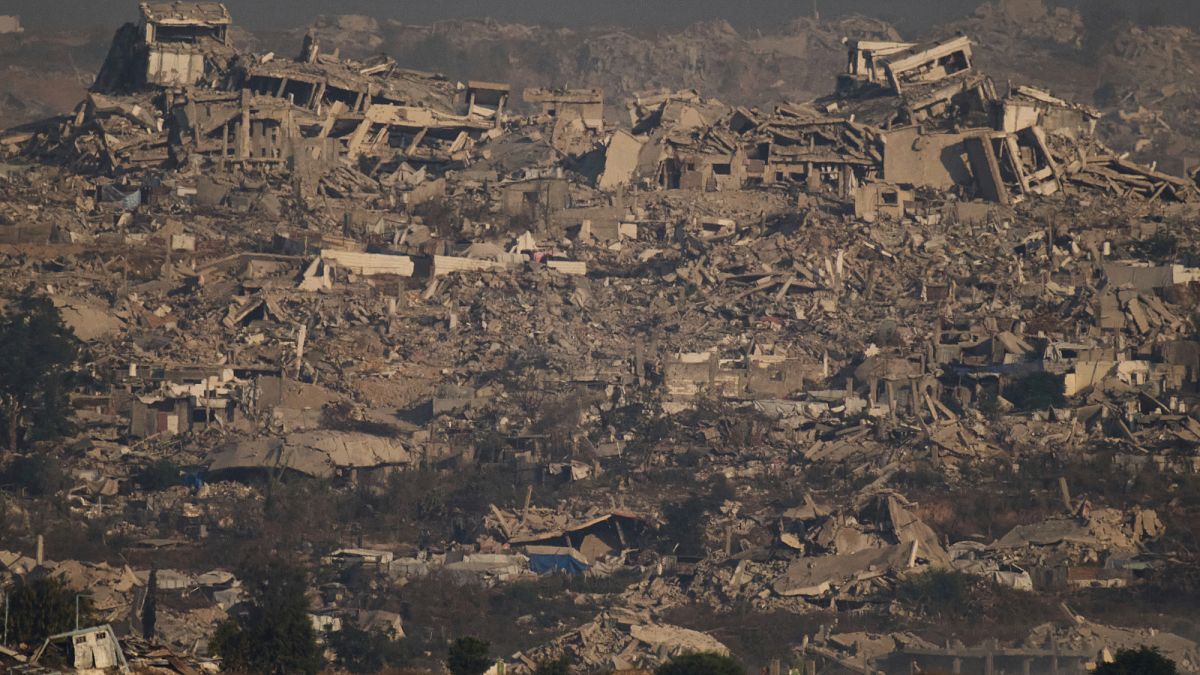










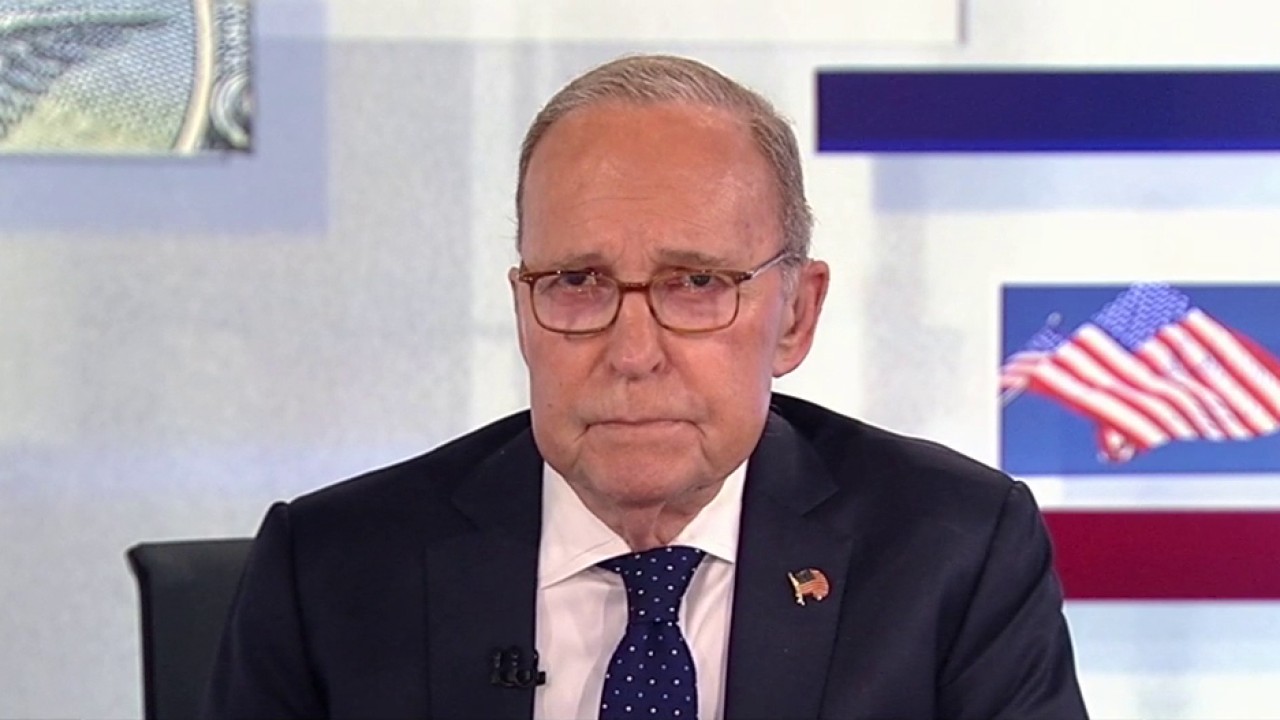



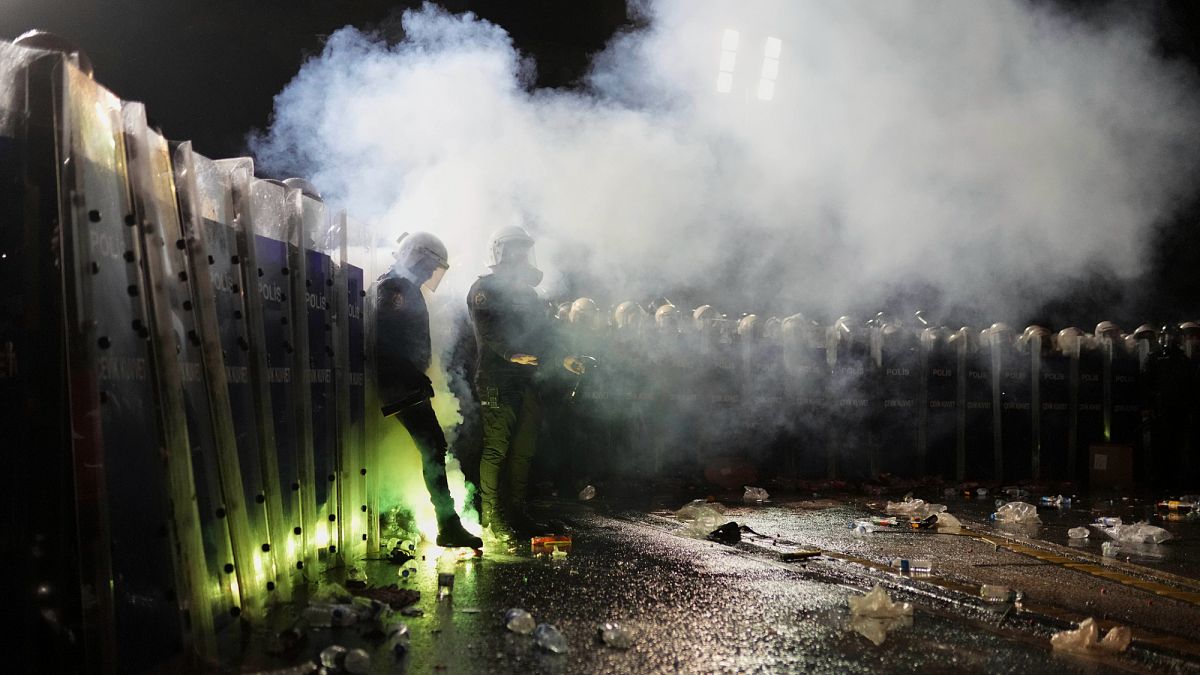





.png?Expires=1838763821&Key-Pair-Id=K2ZIVPTIP2VGHC&Signature=IO0~CT3pU-TcxGc~yoZSmoQx23MZVuK-~4jSii~NKEblRmyO3el7NXPu~Rh1o23voASg7hlcHLw4kvQuDK1jssEhcjoNBBvEpZ~GGOAU6yosBhpHpeF179F~h7i6VxmsBNh9gtTutkoqY73O2YCFey~IAqSzKbBqETP1kP9cAg1916Z1YkJJs-5MliMrkZ5d7-mWGLbpHp2wGj2VlMph8XzYlL4~y1O7fB~JdIS~Rs4RMRs2x0WT1qUIpHAsf3GdwtOyAmKFSpIg8xCyNGZZ5h~13nXlmpd7uPvW8tBfttpG9pFTqcway-uch5WyfHOEfi7UlJCOWrr6fCYY5PMgSg__)
